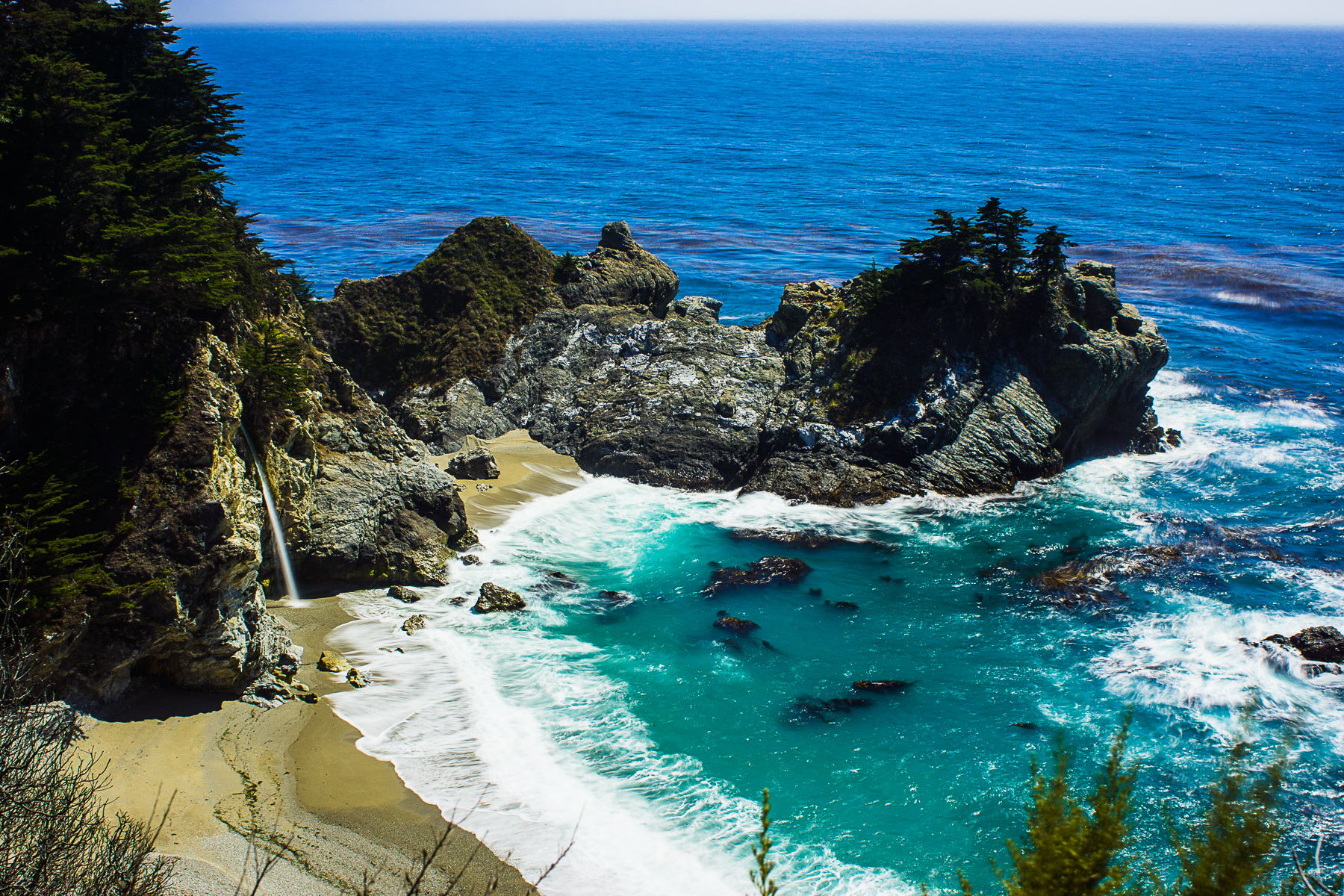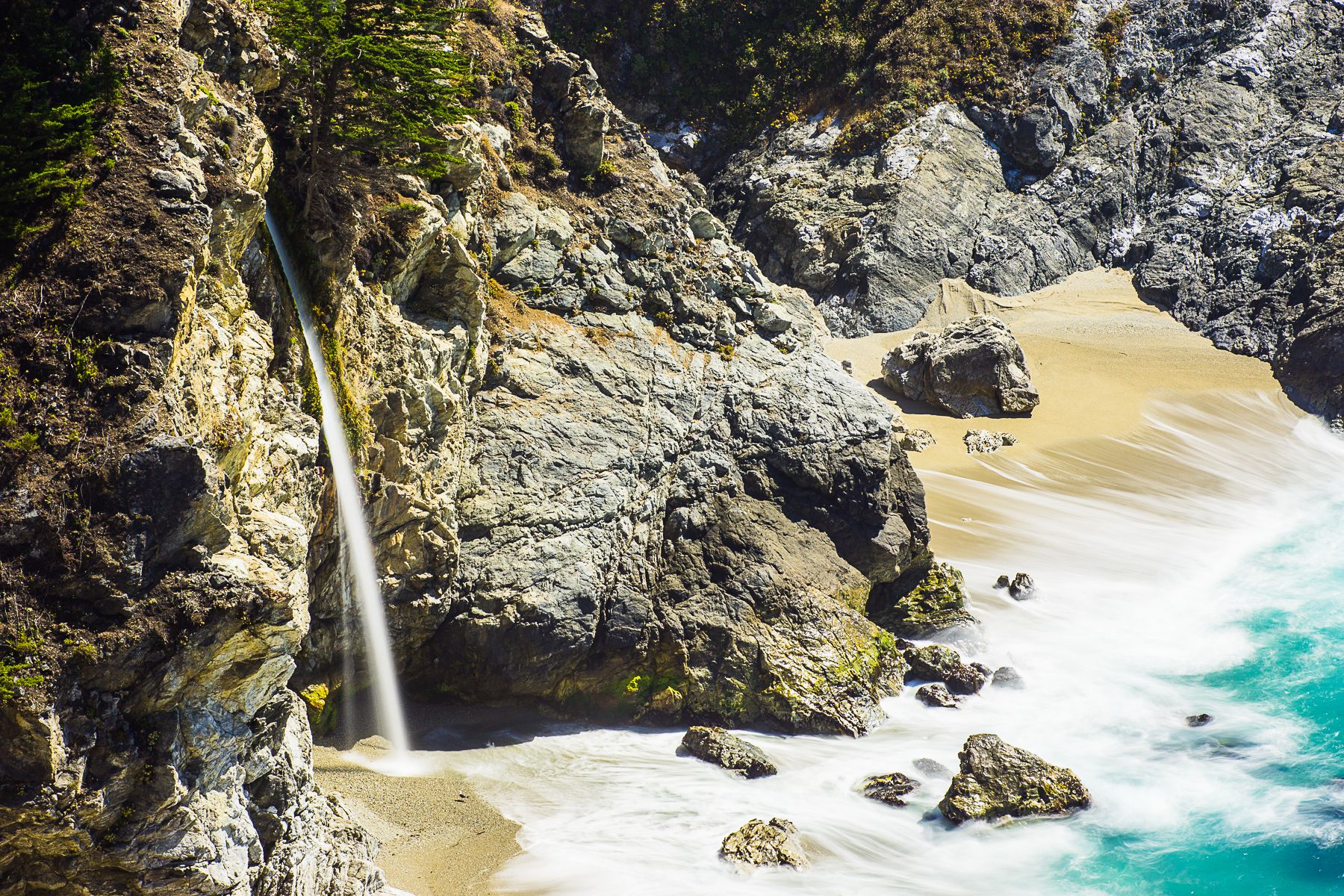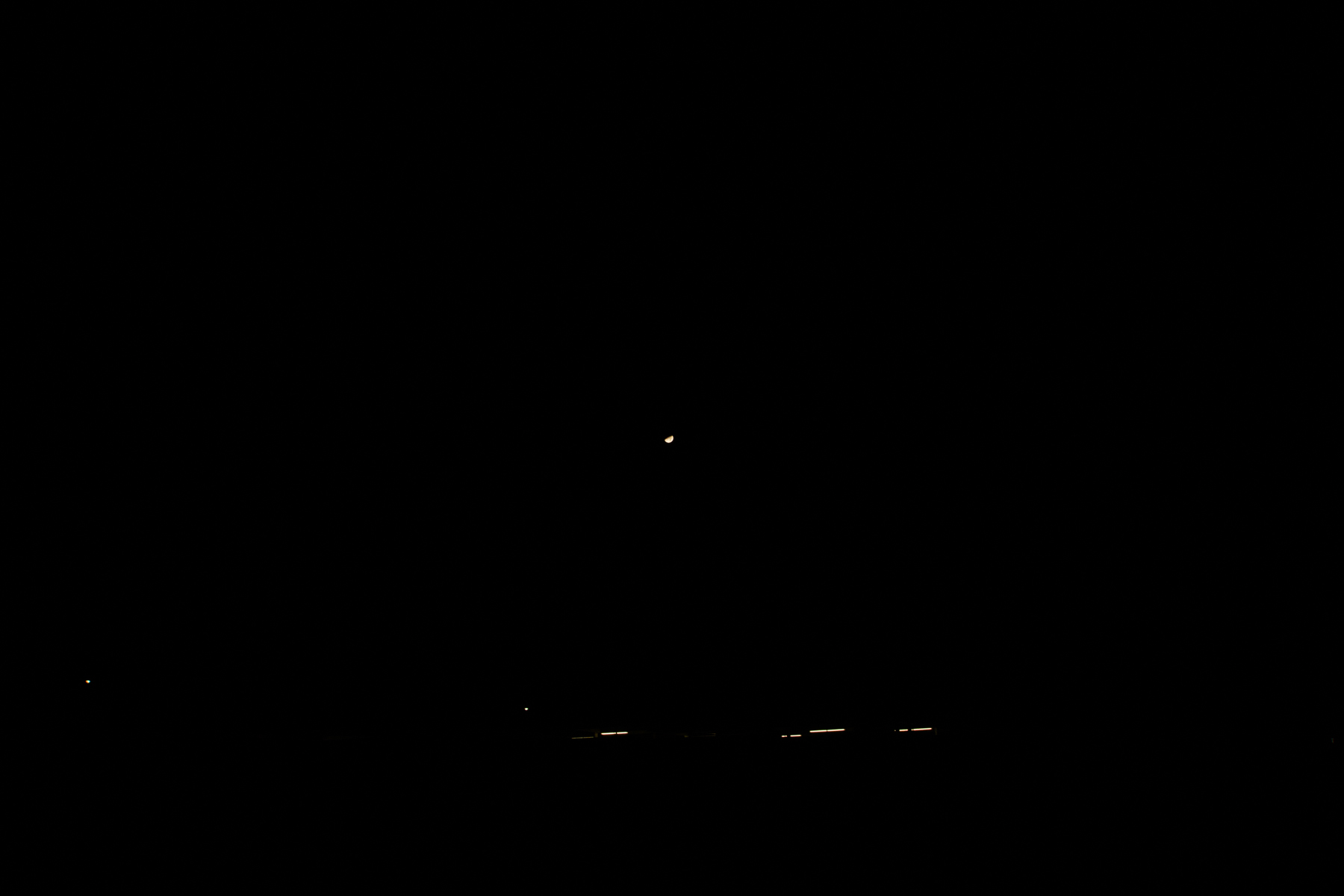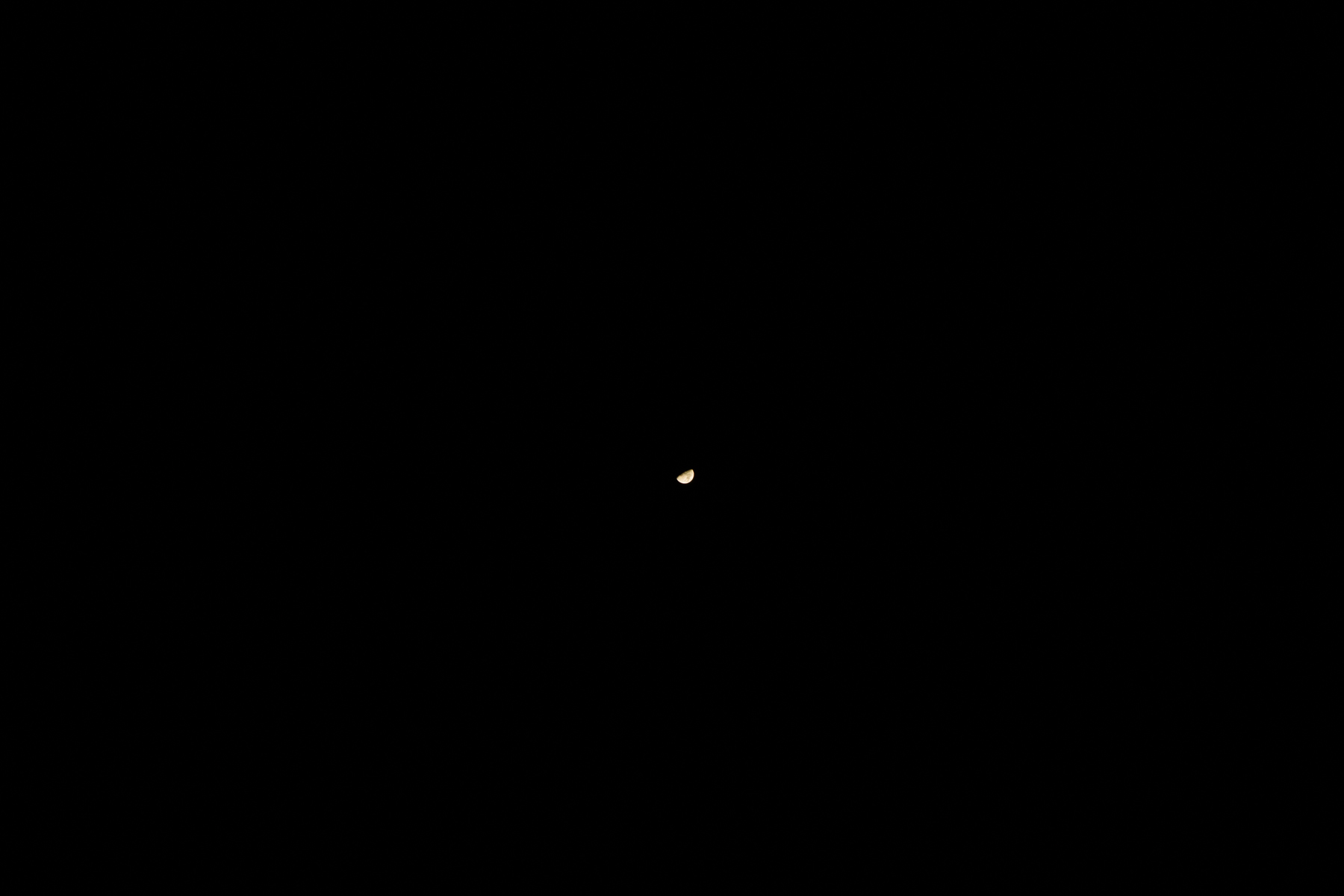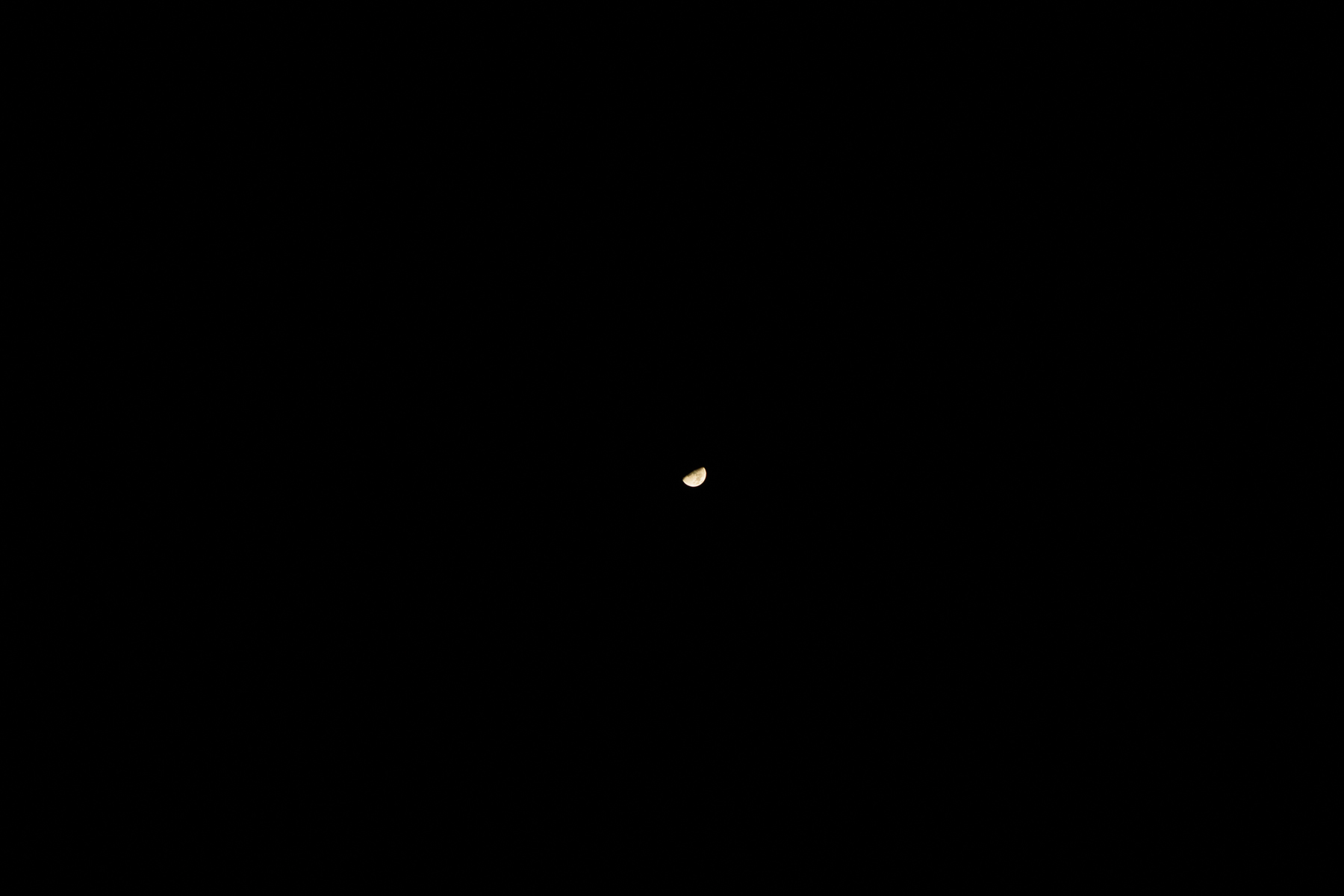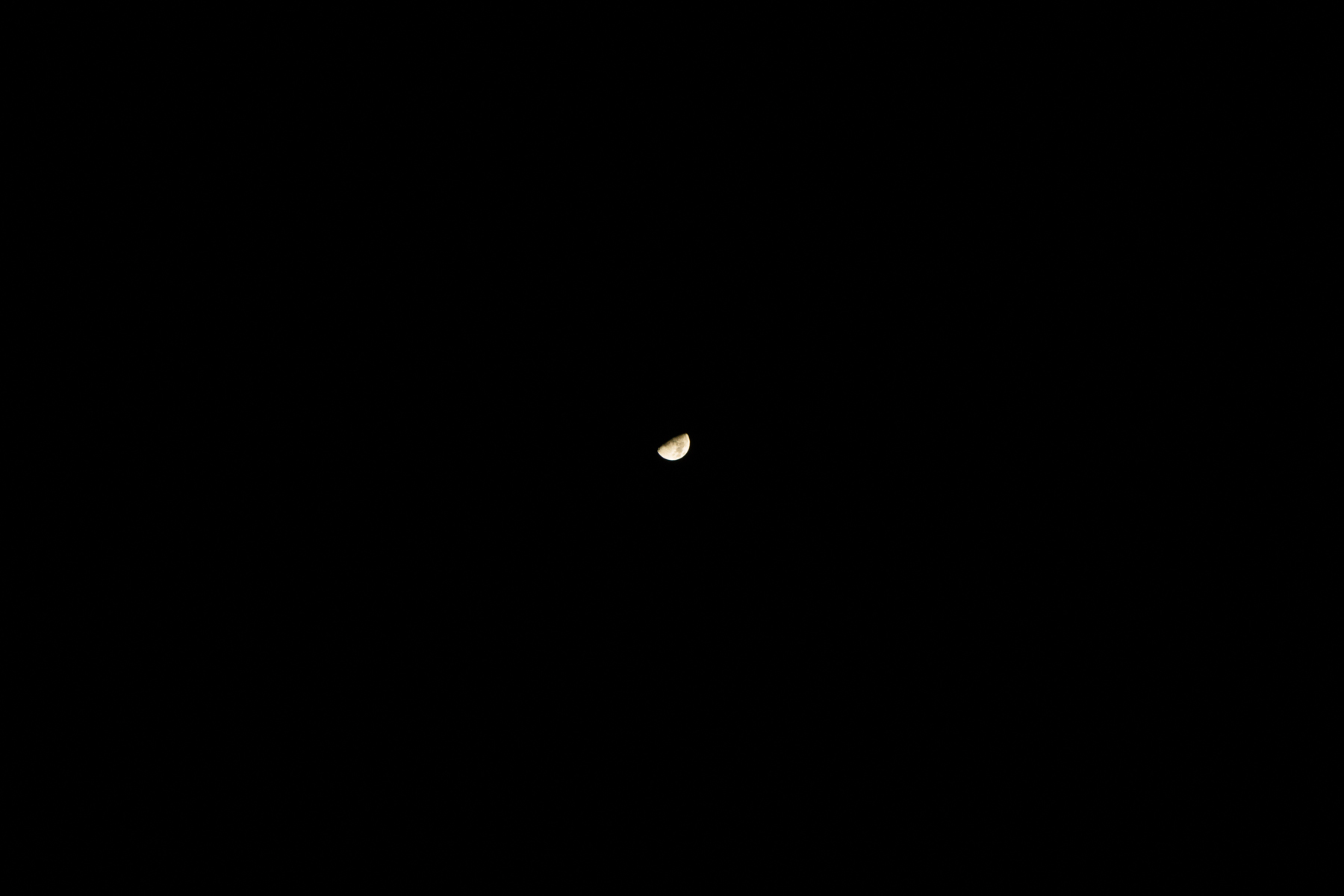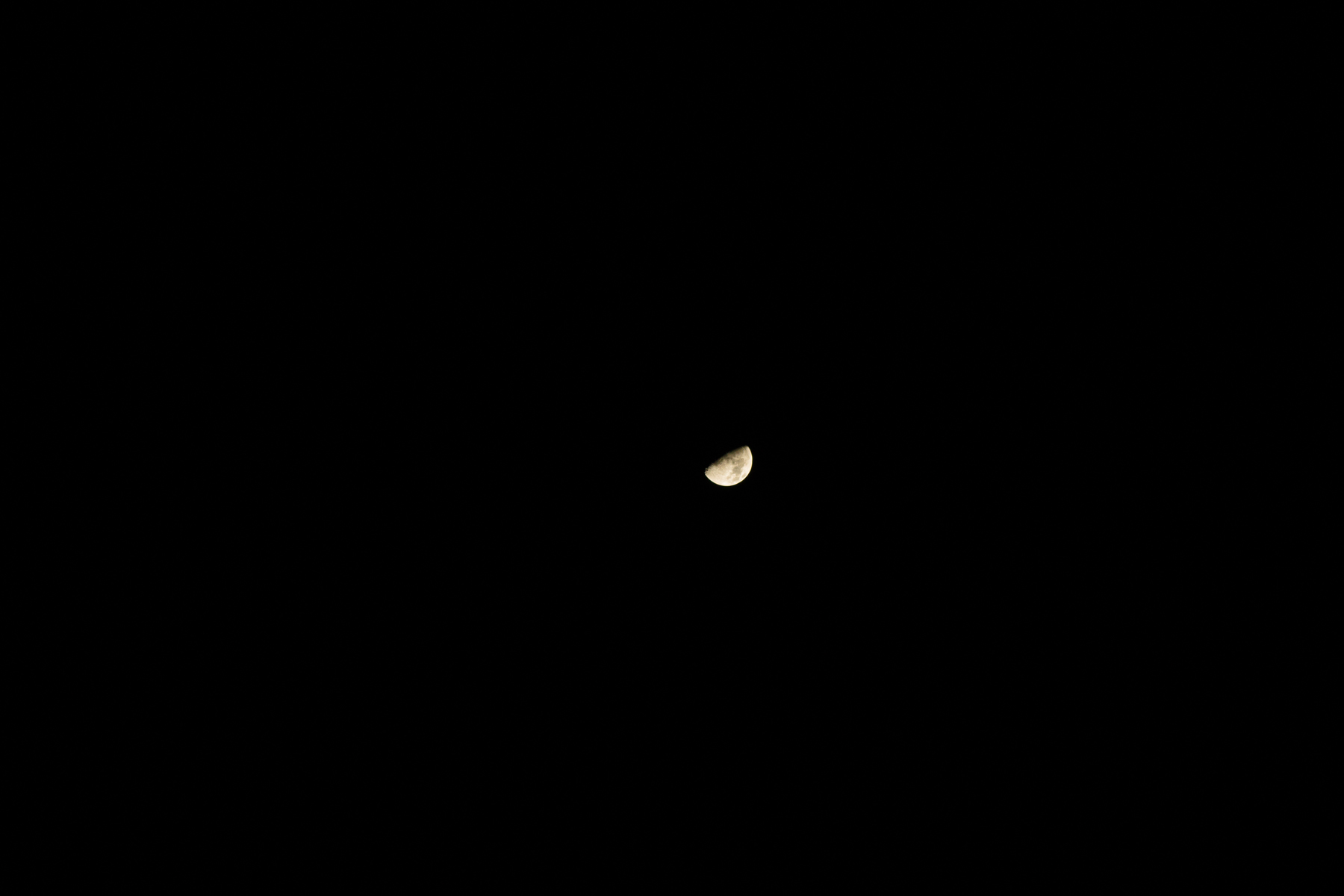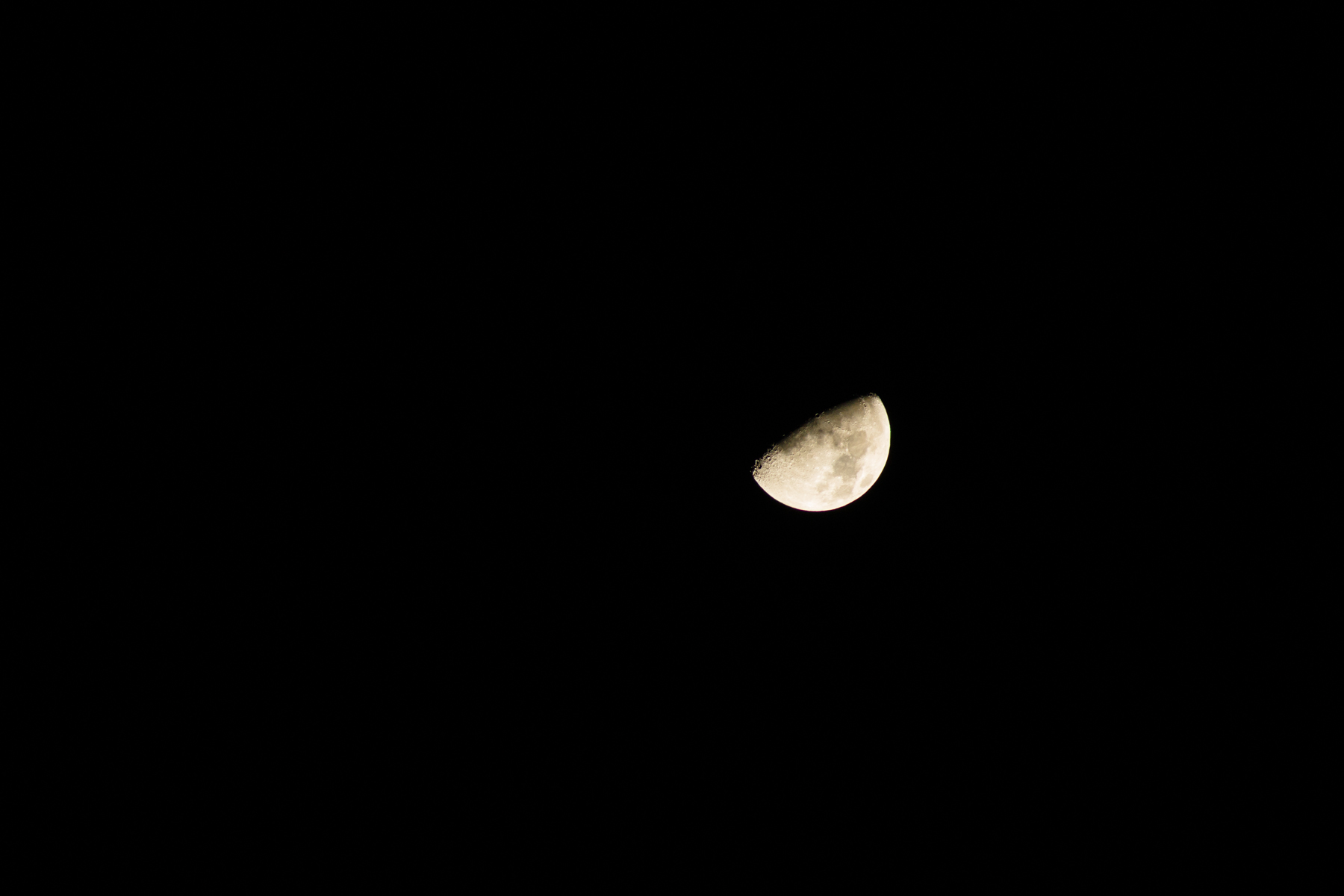Hello,
So this time I have another way to get around slumps. It is using just one focal length for a day or week or month. What ever length of time you want and see how creative you can get with just that focal length. The zoom becomes your feet. It is best in my opinion to use one that you don’t use often to get out of your comfort zone.
Let’s say you are a landscape photographer who usually shoots with wides or superwides. See what you can do with a 50mm or 100mm or even a 300mm. Make your brain think of different ways to do what you enjoy.
Above there are two pictures of the same subject at different focal lengths and about 4 minutes apart. For the wide it is at 28mm f9 0.8 seconds, the telephoto is at 90mm f10 2 seconds. Both were taken with f2.8 fixed lenses as well from roughly the same location. The waves and waterfall were the main subjects. Zoomed in the waterfall and crashing waves have a more dominant and intimate place in the image, on the wide the ocean takes over the frame and the waterfall is nearly lost. I like both of them though. From my experience most landscape photographers don’t use the middle focal lengths and they can be very beneficial.
Now if you usually shoot telephoto images such as wildlife or sports then you could do the inverse and use a wider angle lens which would allow more of the environment around the subject to play a part in the image. Using the background or edges of the frame to help tell the story.
It’s just an idea that can be fun and frustrating to get out of the normal. You might not enjoy it and go back to what you regularly do or you might find a new way to take pictures that you enjoy.
~Scott
